9 characteristics of a modern office
Other workspaces are not designed based on the number of employees and the placement of desks, but based on the correct adaptation of spaces to employees to improve activity, creativity and, of course, productivity.
- How to design modern offices?
- Ergonomic office furniture
- Multipurpose spaces
- Integrated technology
- Collaborative environments
- Outdoor
- Entertainment and rest department
- Lighting
- Decorative office supplies
- Sense of order
Many companies maintain the motto "healthy employees are happy employees". With this assumption, the design of modern offices largely depends on the needs and functions of users.
In addition to providing all the amenities for employees to carry out their activities, they also prioritize companies by reflecting their culture in a positive way, both internally and externally.
The office space occupies the largest proportion of people's daily activity space, which is also improved in various aspects by improving the material and spiritual level of people according to the needs. Modern office decoration, in addition to responding to the functions of the office space, should also meet the aesthetic needs of people.
How to design modern offices?
If we look at offices 20 years ago, we see a clear evolution in office furniture, its distribution, office decoration, colors and concepts in the office; Old offices were more closed places; The cubicles that separated one employee from another, the separate office where the manager was present formed the spaces of an office. These offices did not have any common working space.
The evolution of offices over time is characterized by 9 main features:
Ergonomic office furniture:
Ergonomics can be defined simply as the adaptation of furniture to the user. In modern office design, office furniture is considered to help prevent physical problems, stress and concentration. The emergence of modern ergonomics has made office furniture more perfect under ergonomic requirements, and the modern and almost automatic office has brought great comfort to human work. We make full use of the knowledge of ergonomics in the design and we design according to the function and size of the specific requirements, these are the basic elements of the design. Through the design of the office space, various elements are integrated in the design to make the office space more practical, cultural and artistic.
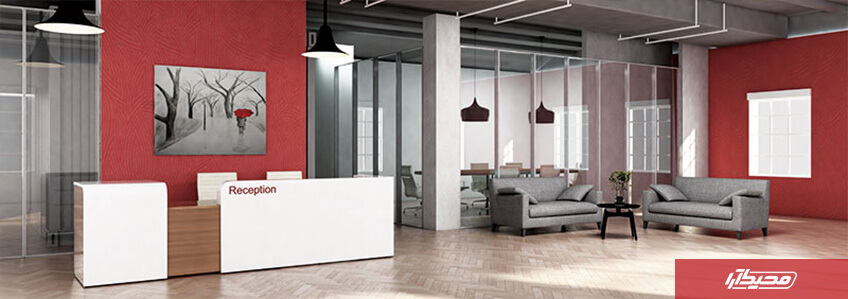
Multipurpose spaces:
From the past until now, the forms of work have changed along with the needs of employees. Modern administrative offices should also be practical and multi-purpose so that we can have different uses of the work environment; For example, for unexpected meetings, or a meeting between a small number of colleagues, brainstorming, etc.
Integrated technology:
Technology not only helps to simplify processes, but also helps to improve employee performance in the workplace; Computers, monitor screens, projectors, technological furniture that includes voice and data connection are some of the technological elements that facilitate the development of office activities.
Collaborative environments:
The trends in work spaces refer to abandoning individual spaces and changing the situation towards collaborative spaces, because these spaces imply significant savings, promotion of creativity, improvement of communication and increase of productivity. In this way, architectural barriers are removed and joint collaboration between employees and departments is promoted.
Currently, in order to facilitate the exchange of ideas and strengthen democratic management, the offices of many companies around the world often adopt a common open space design. In the office design of modern offices, attention has been paid to the entry of the natural environment into the office space, the greening of the internal and external environment, and the use of plants in different ways, as well as the creation of dynamism in the office environment, which is another feature of modern office offices.
Outdoor:
It is increasingly common to have large windows in modern offices, with a view to the outside or terrace, taking advantage of natural light and a feeling of warmth and spaciousness. As we mentioned earlier, the forms of work in the modern office have changed and there is no difference between employees in these spaces.
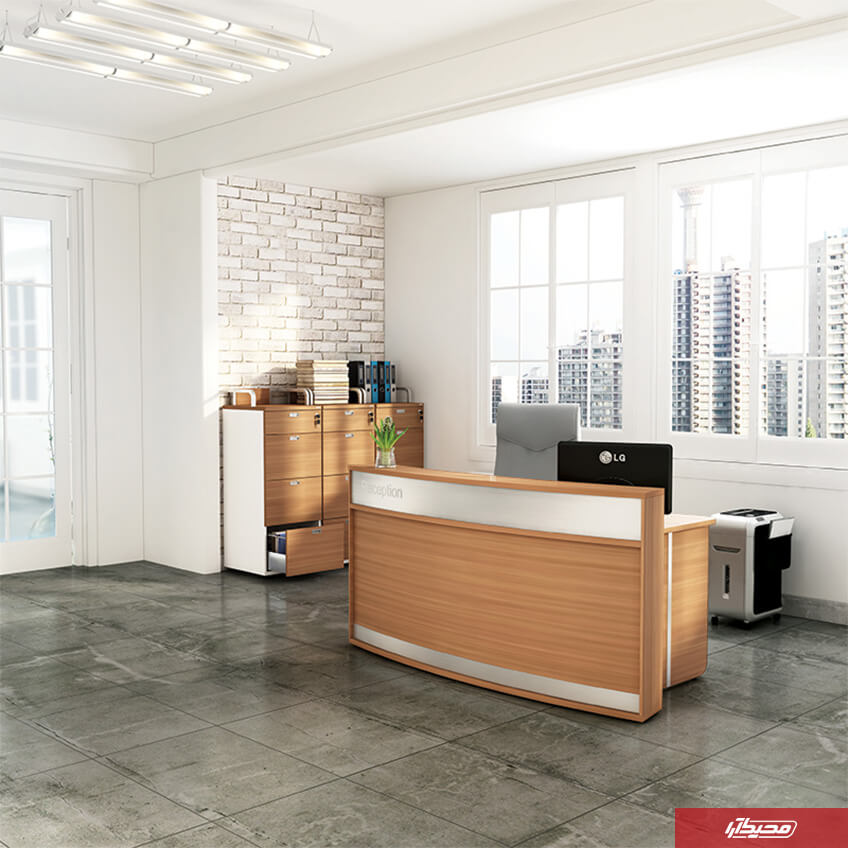
Recreational and rest department:
The need to reconcile work and personal life has made companies aware of providing more convenience and better tools for professional development to employees.
Armchairs at work, ping pong tables, table football or cafeterias are increasingly common elements in modern offices and help employees to relax, chat or meet, share ideas with each other. Share and so on.
Lighting:
In the concept of modern offices, lighting plays a key role. Poor lighting can cause eye strain and negatively affect employee performance. On the other hand, the correct use of different sources of natural or artificial light improves the comfort and productivity of employees.
Light is a basic design requirement to create a feeling of brightness in the office. The brightness of the office environment refers to the clean and bright colors of the office environment, proper lighting arrangement and sufficient light, etc., which is also determined by the functional requirements of the office. Bright colors in decoration can inspire people with a happy mood and a sense of cleanliness, and at the same time, strong tones can increase the light of the interior during the day. Currently, many designers have introduced light green color into the office. This type of design often gives a good visual effect to people, and as a result creates a sense of spring and greenery, which is also a creative means to create freshness in modern offices.
Decorative office equipment:
Office decorations are elements that can help improve creativity and inspiration in employees. In this regard, factors such as the color of the walls also affect people's mood; Ideally, the colors used in the office environment should be combined according to the logo and organizational color of the company and the available light. Blue colors M, green and gray colors are recommended for use in modern offices.
Similarly, some studies have shown that plants increase concentration and help create calm environments, because they purify the air and create warmth and intimacy.
Other examples can be signs, murals, inspirational quotes, decorative elements, etc. The selection of these elements depends on what we want to convey and the workspace.
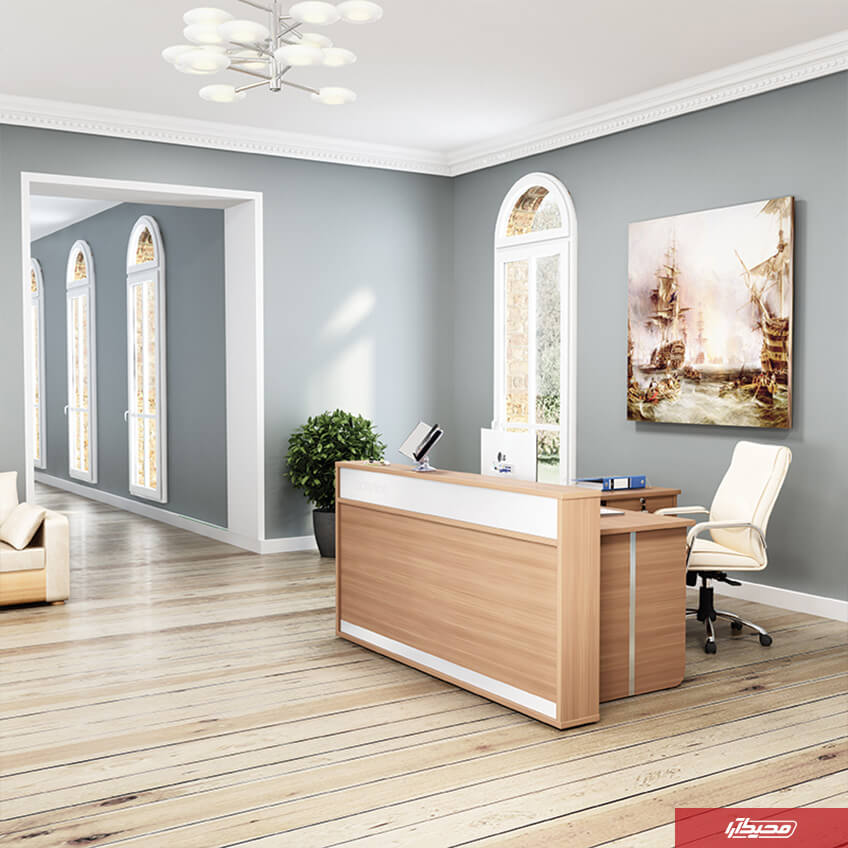
Sense of order:
Order in design is shown in the form of repetition of forms, rhythm of forms, unity and simplicity of forms. The design of modern offices also uses this basic theory to create a calm, orderly and clean environment. A sense of order is an essential element in modern office design. To achieve order in the design of modern offices, the aspects involved are also very wide, such as the unity of style and color of office furniture, the orderliness of the arrangement of office equipment, the integrity of the height of the partition, material, color, smoothness of the ceiling and walls, colors suitable interior etc. These things are closely related to order, and it can be said that order plays the most important role in the design of modern offices.
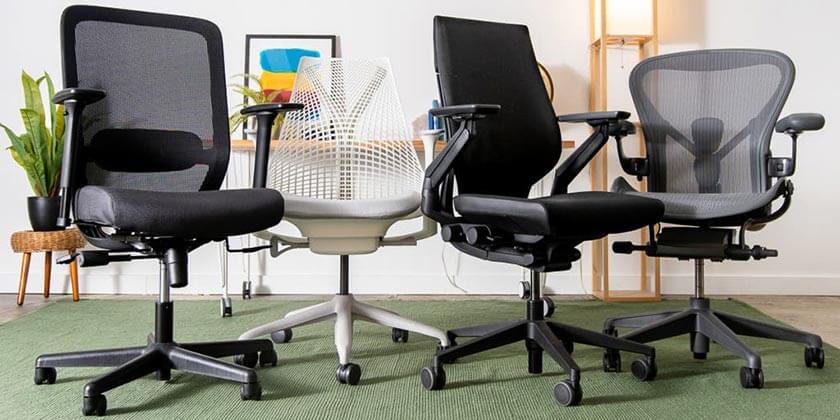
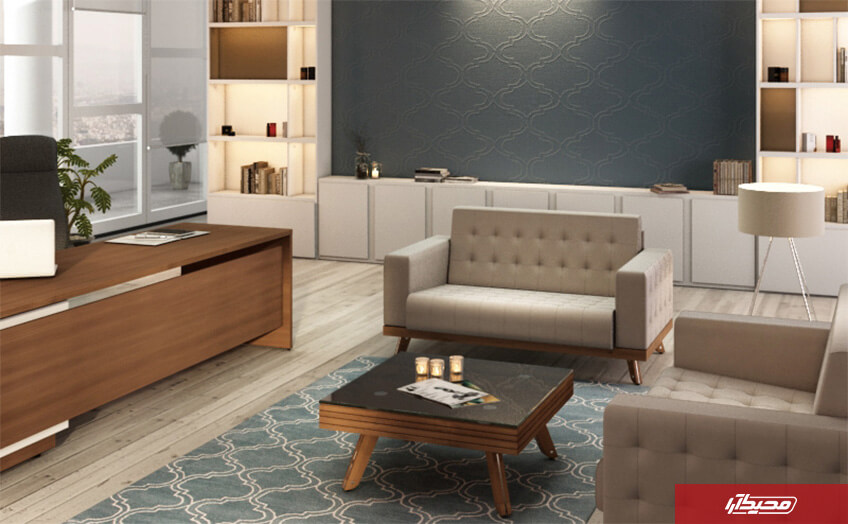
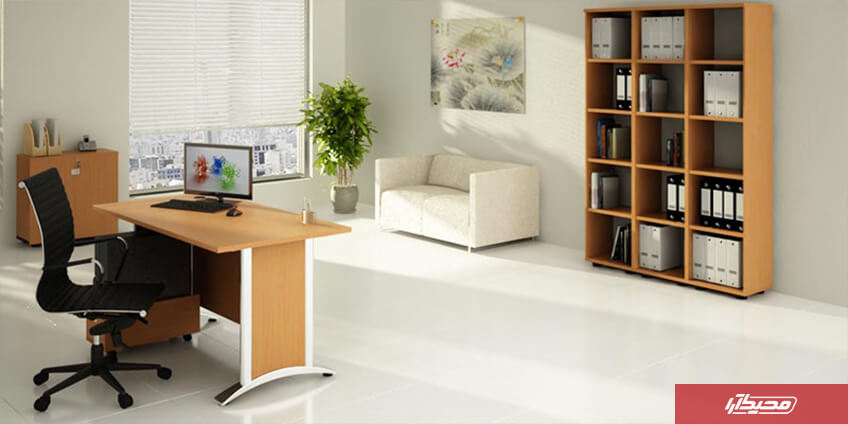
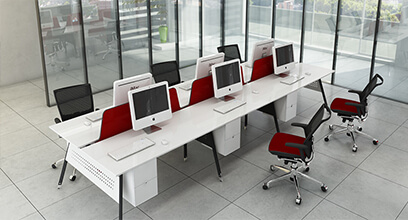
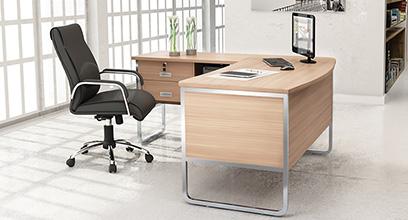
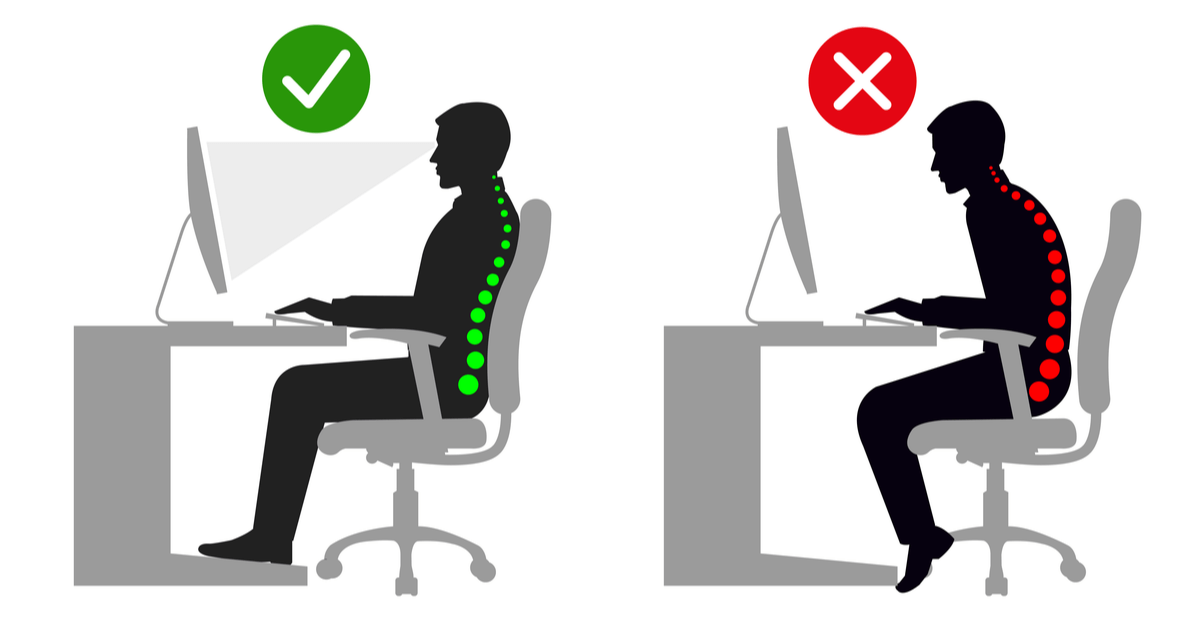
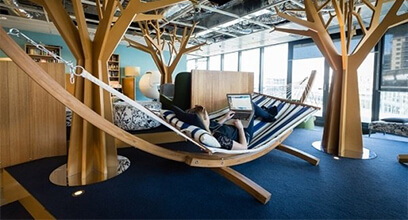
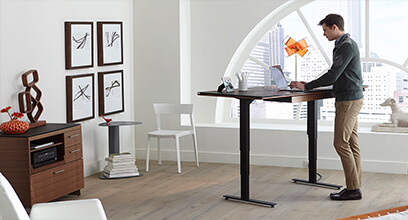
Share